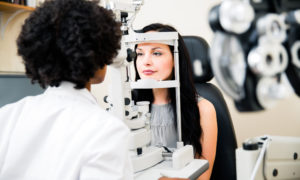Jan. 2, 2019

As we put 2018 to bed, health-care analysts are examining what we can expect for next year. Many of the same forces that impacted healthcare last year will continue to exert a strong impact in 2019, writes Tashfeen Ekram, MD, in MedCity News.
Patients Demand Better Access to Care. “Facing increasing demands to increase access to care, providers will take matters into their own hands to increase their capacity and convenience for patient access. Leveraging digital technologies that include artificial intelligence and machine learning, providers will begin to intelligently predict and orchestrate entire patient journeys,” writes Dr. Ekram.
Other Articles to Explore
Employers Exercise Their Power. “As employers continue to put the pressure on payers to deliver better experiences, payers will pass that pressure along to providers who will be compelled to deliver faster, more convenient, and better quality services,” according to Dr. Ekram. “Providers will be compelled to go online to sell their better experiences to new and existing patients, embracing the ability to improve the quantity and quality of their online reviews and addressing any issues that arise from them.”
Value-based care moves forward. “The shift toward value-based care will continue, but providers will run into a critical issue—data. Needing to better predict costs, measure outcomes, and coordinate care with other providers to estimate and maximize future payments, they’ll turn to their EHR systems. Though these contain treasure troves of data, effective data sharing between EHR systems is lacking,” Ekram notes. “In 2019, expect advances from technologies and standards such as Fast Healthcare Interoperability Resources (FHIR) to establish common data formats and support interoperability between legacy healthcare systems, providing a lingua franca between healthcare systems.”
More data, more problems. “Efforts to integrate patient data into EHRs via FHIR and other technologies will expand dramatically. More user-generated data is resulting in the growth of patients playing a more proactive and informed role in their own care and journey, but patients and providers will demand automated and secure ways to communicate and share that data on an ongoing basis. This is critical to help providers more accurately diagnose and prescribe treatment plants and help patients communicate symptoms more easily. In the process, wellness devices will hit peak proliferation, complicating rather than improving healthcare,” Ekram observes.



























